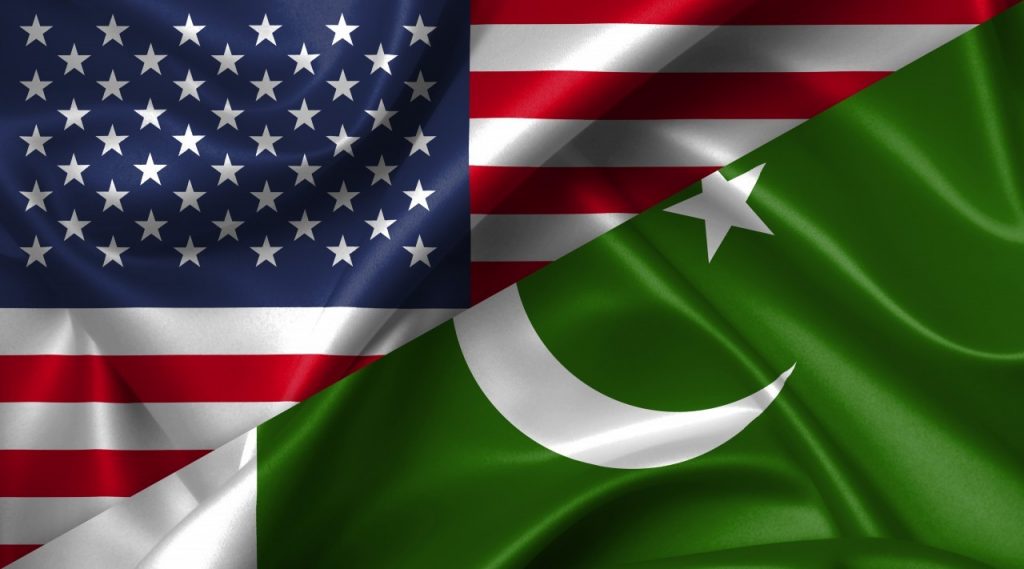Pakistan–US Trade Deal
Just days before the July 9 deadline, Pakistan and the United States reached a significant breakthrough on a long-negotiated trade and tariff agreement. After weeks of complex discussions, led by Commerce Secretary Jawad Paal and supported by Finance Minister Muhammad Aurangzeb, the two sides agreed on a broad framework aimed at preserving Pakistan’s access to the US market while setting the stage for deeper economic engagement.
At the heart of this deal was the urgent need to prevent the re-imposition of a 29% tariff on Pakistani exports, primarily textiles and agricultural products that had been temporarily suspended earlier this year. The stakes were high as failure to secure a deal would have threatened nearly $5 billion in annual exports and potentially caused a loss of $1–1.4 billion to Pakistan’s economy. For a country navigating an uncertain economic recovery, this agreement comes not just as a relief but as a reaffirmation of the importance of economic diplomacy.
What’s in the Deal?
While a formal announcement is still pending, waiting on the US to finalize similar arrangements with other trade partners, the understanding reached last week includes several concrete outcomes. First, Pakistan avoids the damaging tariff cliff, ensuring continued access to its largest Western export market. Second, Pakistan has agreed to increase imports of US goods, particularly in the energy sector. Crude oil purchases from the US, especially the cheaper West Texas Intermediate (WTI), will help reduce fuel import costs, offering some relief to domestic inflationary pressure.
But the scope of the deal goes beyond just goods. The agreement opens a path for renewed US investment in Pakistan’s mining, energy, and infrastructure sectors. The $7 billion Reko Diq copper and gold project featured prominently in the negotiations, with the US Export-Import Bank reportedly reviewing financing proposals worth up to $1 billion. If realized, this could represent one of the largest American-backed investments in Pakistan in recent memory.
Why It Matters
This deal is not just about economics but it’s about rebalancing a complex relationship. Over the past few years, bilateral ties between Islamabad and Washington have gone through fluctuations. Strategic mistrust, shifting regional alliances, and tariff disputes had put a freeze on serious economic coordination. This agreement marks a quiet but meaningful reset.
Pakistan, for its part, came to the table with a more confident and realistic posture. The government didn’t just ask for tariff relief as it offered compensatory economic openings. By committing to import more American energy and easing entry for US firms into high-potential sectors like mining, Islamabad demonstrated its willingness to move beyond transactional engagement and toward a more strategic partnership.
What’s also significant is the coordination at multiple levels. Alongside the formal negotiation tracks, the two governments co-hosted investment webinars and facilitated dialogues with US investors. Public-private partnerships and regulatory reforms were discussed in detail , the kind of practical work that often gets overlooked but forms the foundation of sustainable economic cooperation.
The Timing Is No Coincidence
The timing of the deal also has geopolitical relevance. The Trump administration had set July 9 as a hard deadline for all pending trade agreements with “surplus countries.” For Pakistan, getting ahead of the curve sends a crucial signal to the markets, investors, and other major partners. It also contrasts sharply with India’s ongoing, and more complicated, trade talks with Washington, particularly over its agricultural sector.
Moreover, with regional tensions still simmering after the May standoff with India and the ongoing Middle East crisis, this deal creates a degree of stability at a time when unpredictability is the norm. It also allows Pakistan to re-anchor part of its foreign policy in economic diplomacy, without having to overplay its geopolitical hand.
Looking Ahead
This trade framework is not the final destination, but it’s a way to go ahead with several strategic cooperation levels. Whether this opens the door to a full free trade agreement or not, the current deal offers Pakistan breathing room, market continuity, and a chance to attract new investment. If the Reko Diq project gains momentum with US backing, it could redefine how Pakistan engages with international finance and extractive industries.
But expectations must be managed. The deal won’t fix structural trade imbalances overnight, nor will it insulate Pakistan from future tariff pressures. What it does is buy time, build confidence, and give both sides a reason to talk economics instead of just politics.
In an international system where protectionism is back and diplomacy is increasingly shaped by commercial leverage, Pakistan’s ability to navigate these talks successfully is no small feat. The next step is execution, turning frameworks into investment, tariffs into opportunity, and political goodwill into sustainable growth.

